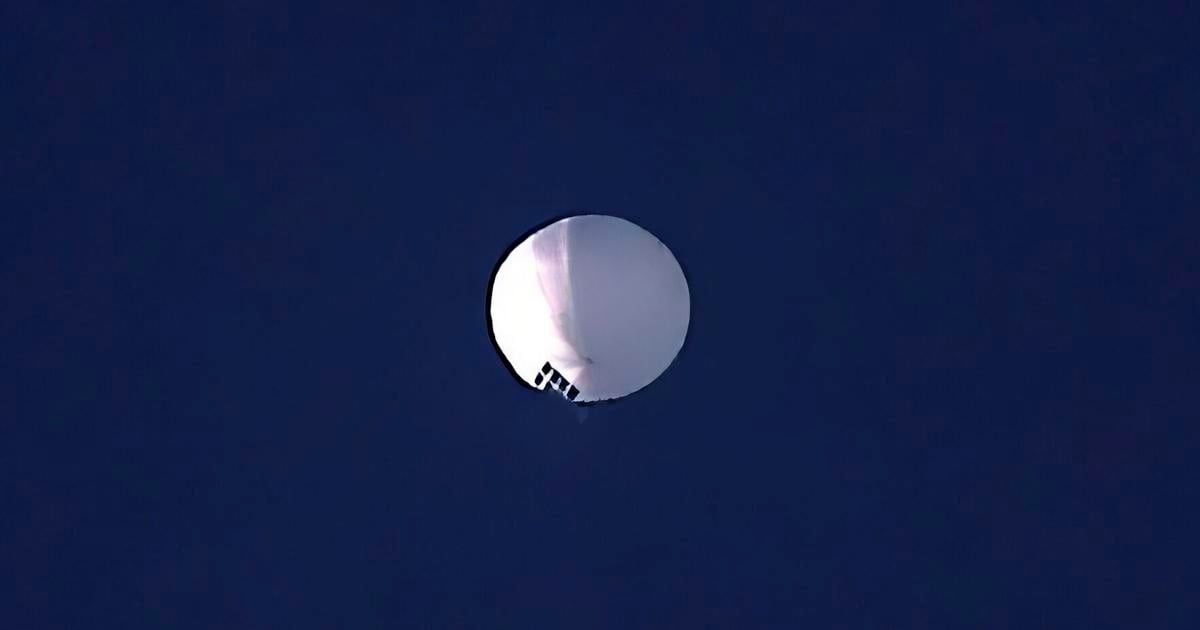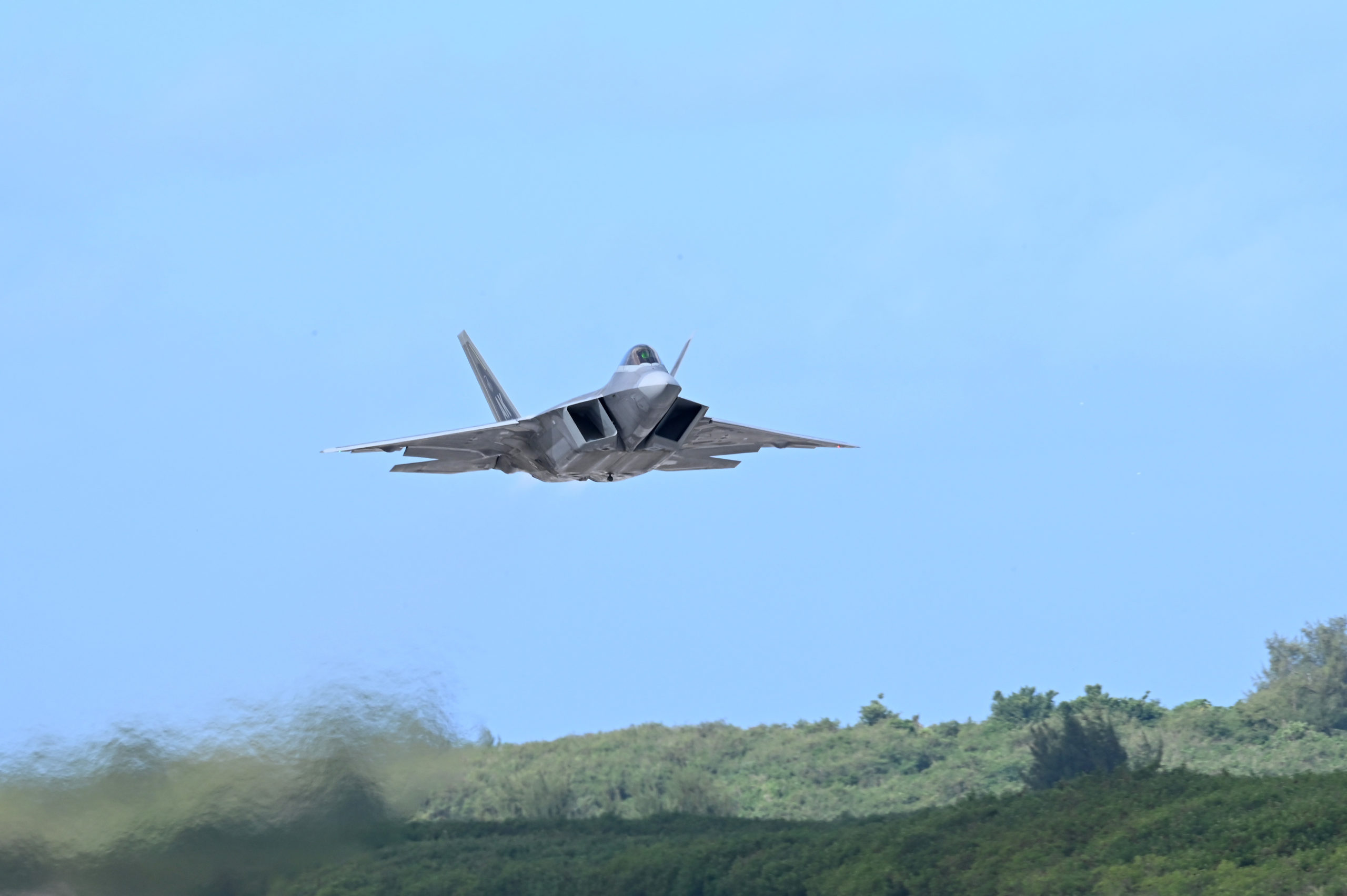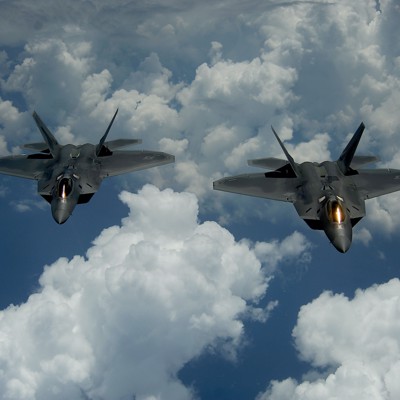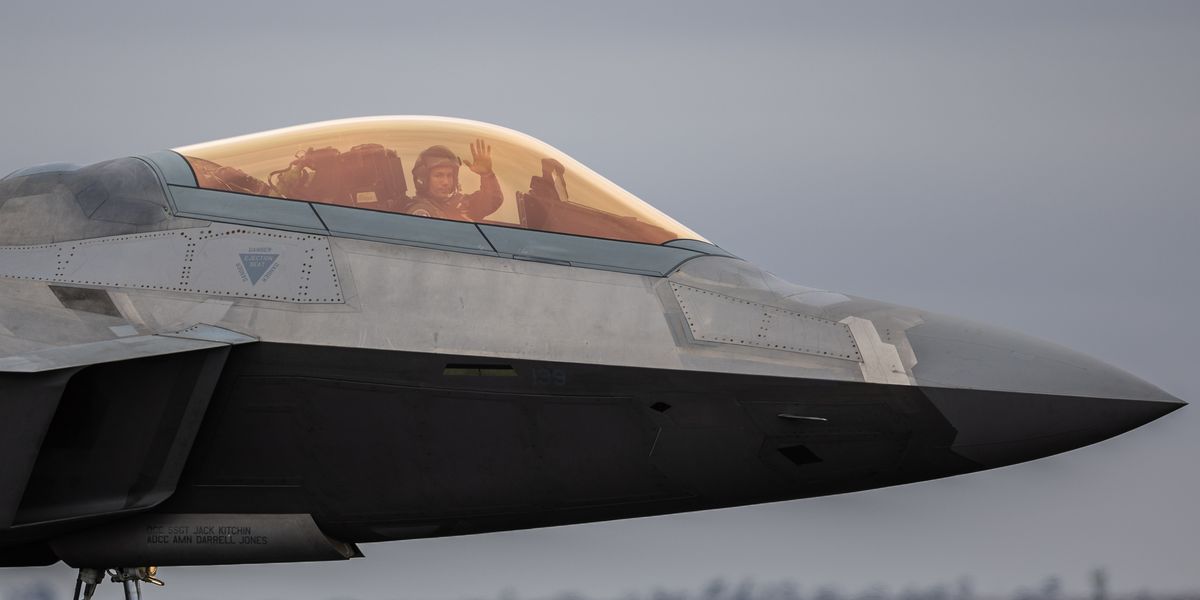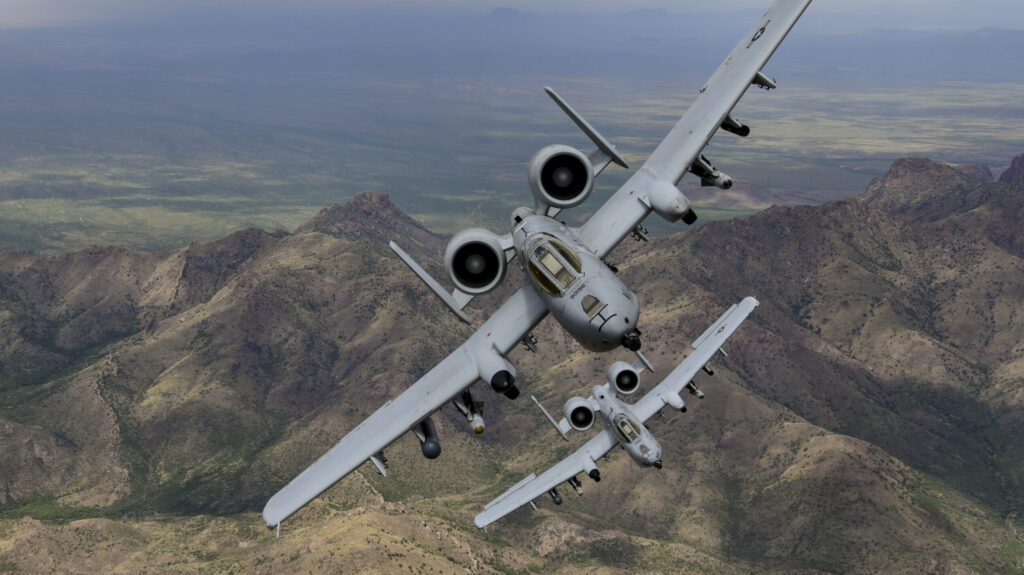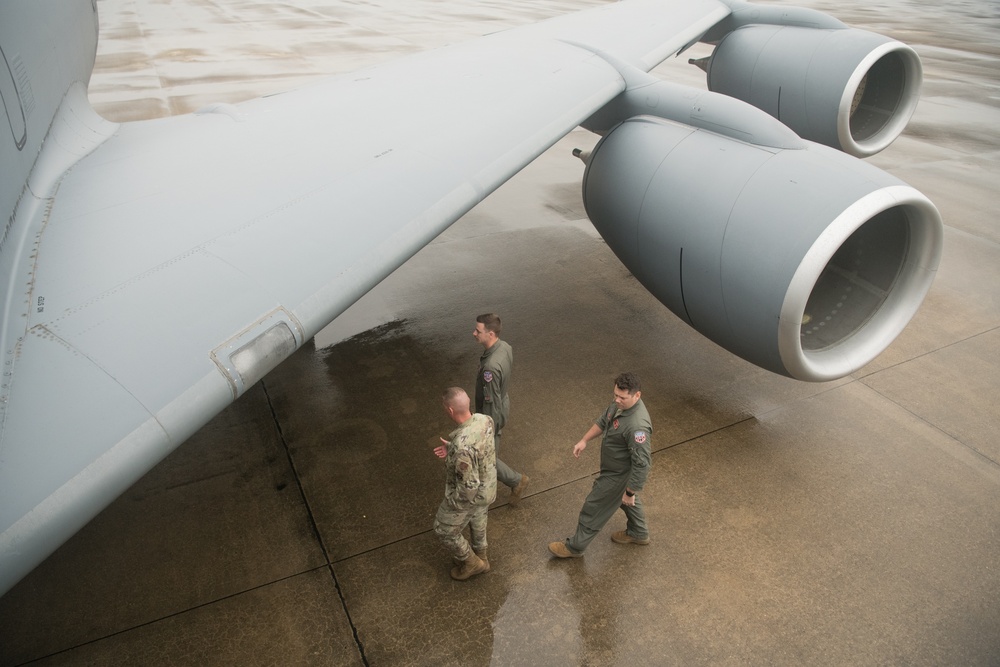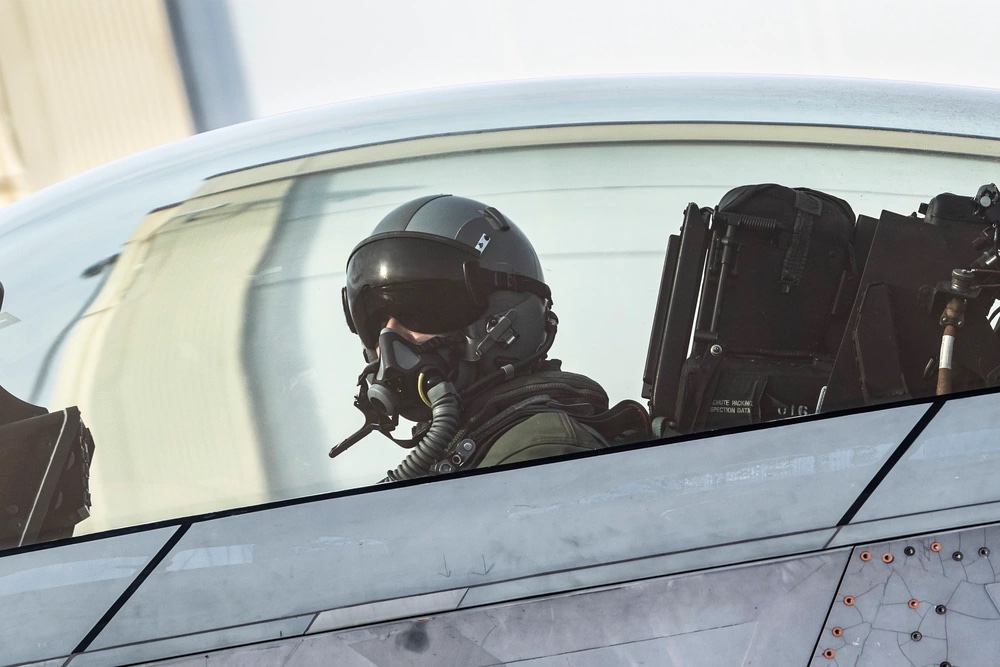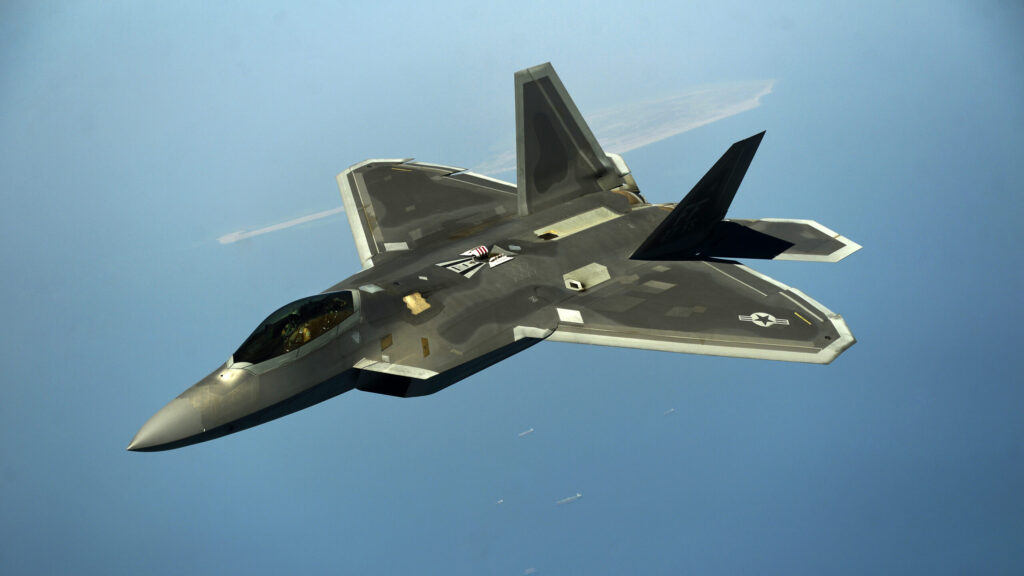Hanz2k
The truth is grey...
- Joined
- 17 February 2012
- Messages
- 120
- Reaction score
- 155
F22 not integrated with new ABMS. Looks like it is beginning to pull F22 from the first line.
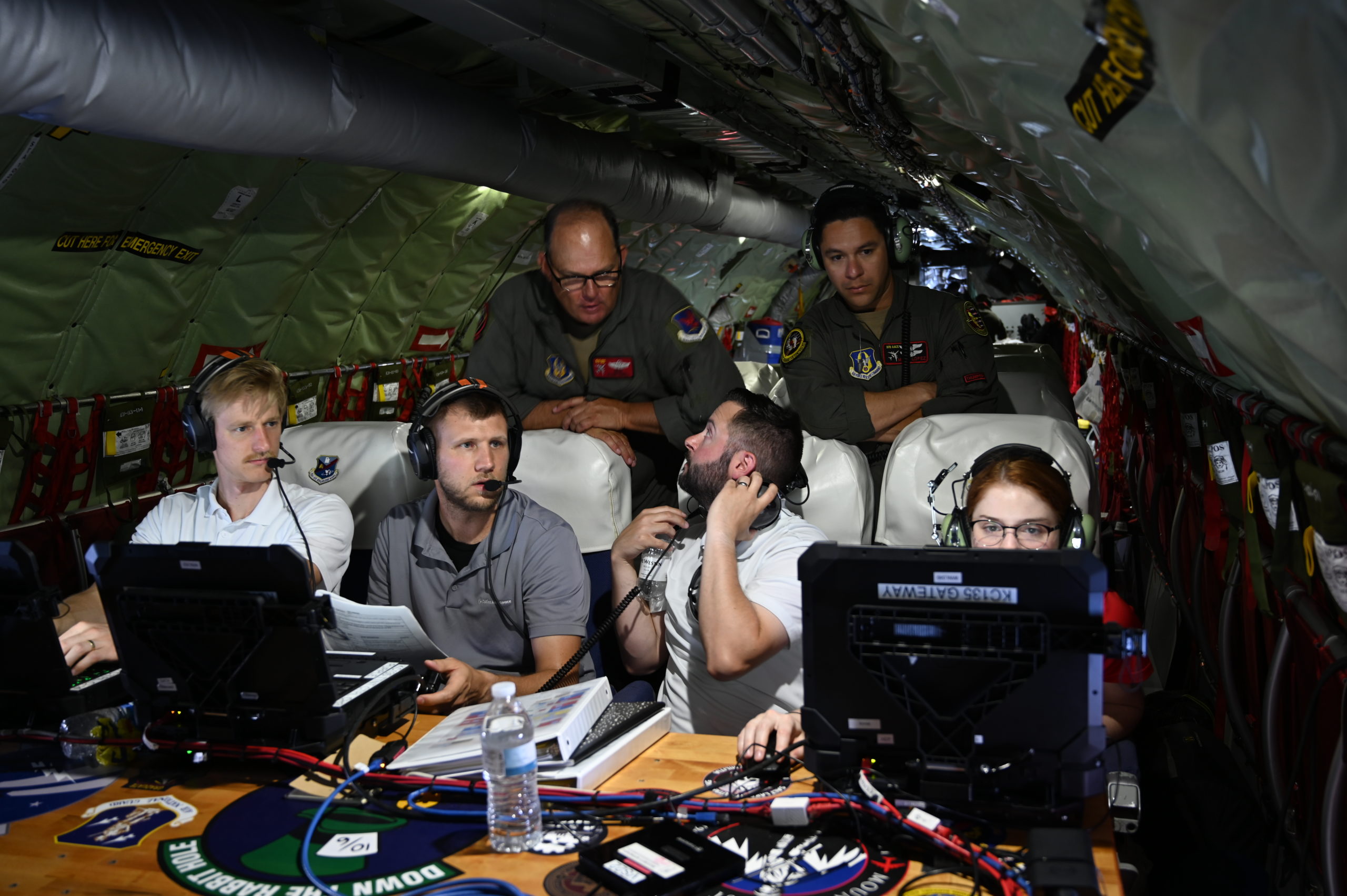
 www.airandspaceforces.com
www.airandspaceforces.com

Report: Air Force Makes Progress on ABMS with Plans for Two Lines of Effort | Air & Space Forces Magazine
Government watchdog GAO issued a report noting positive progress the Air Force has made on ABMS, its contribution to JADC2.

